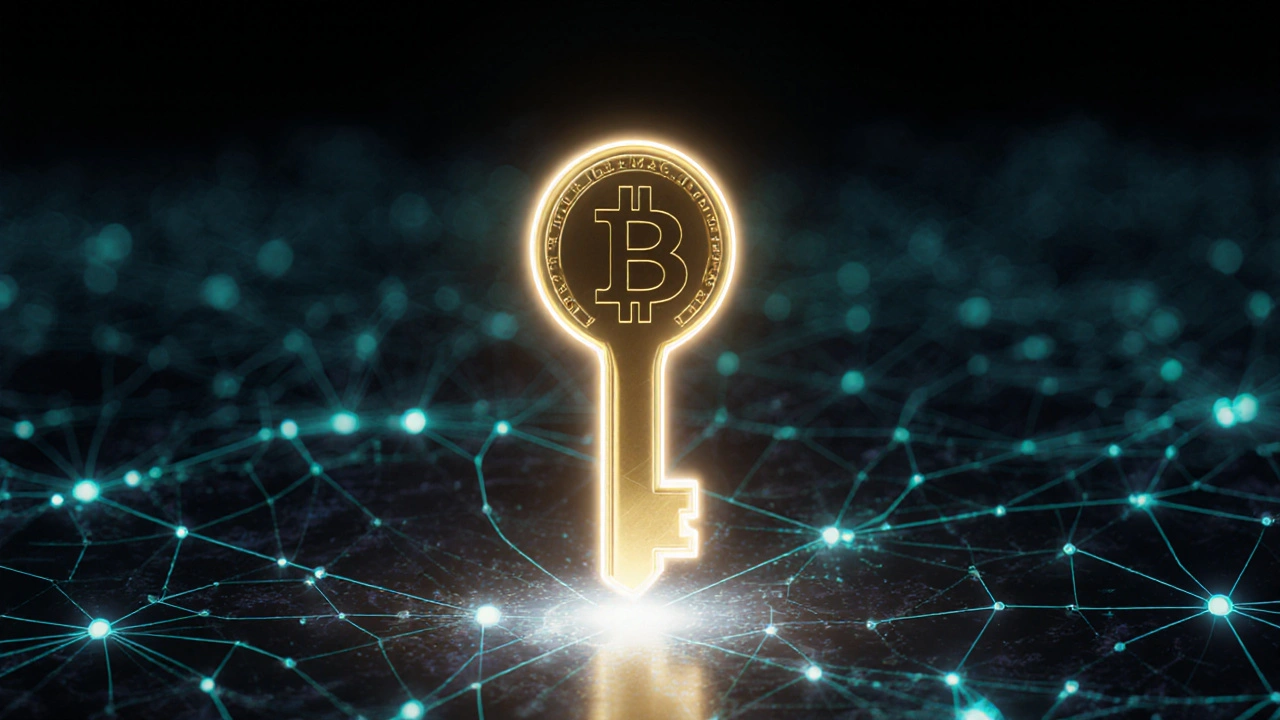DeFi – Your Quick Guide to Decentralized Finance
When talking about DeFi, a set of financial services built on blockchain that operate without traditional banks or middlemen. Also known as decentralized finance, it lets anyone lend, borrow, trade, or earn yield using smart contracts. DAO, a decentralized autonomous organization that governs community decisions through token‑based voting is a core piece of DeFi governance, while Bitcoin, the first cryptocurrency whose block reward fuels miner incentives and network security demonstrates how token economics can underpin a whole financial ecosystem.
DeFi encompasses a range of sub‑services: decentralized exchanges (DEXes) let you swap assets without an order book, liquidity pools reward users for providing capital, and lending platforms let you earn interest on crypto you already hold. To make all this happen you need smart contracts, self‑executing code on a blockchain that enforces the rules of a transaction automatically. These contracts eliminate the need for a trusted third party, which is why DeFi is often praised for transparency and accessibility. However, the same openness brings risks – code bugs, market volatility, and smart‑contract exploits can lead to huge losses, so understanding the mechanics is crucial before you dive in.
Key Components That Shape the DeFi Landscape
First, tokenomics, the economic model behind a cryptocurrency, determines how rewards are distributed and how scarcity is created – think of Bitcoin’s block reward halving, which reduces new supply every four years and impacts price dynamics. Second, governance tokens, digital assets that grant voting rights in a DAO, let holders steer protocol upgrades and fee structures give the community a voice in shaping the future of a platform. Third, oracles, services that feed real‑world data like price feeds into smart contracts bridge the gap between on‑chain code and off‑chain events, enabling reliable derivatives and stablecoins.
When you combine these pieces, you see how DeFi creates a feedback loop: smart contracts automate financial services, tokenomics incentivizes participation, DAOs manage protocol changes, and oracles keep everything grounded in reality. This loop keeps the ecosystem fluid and adaptable, but it also means every component influences the others. For example, a DAO vote to raise a lending‑platform fee directly affects user yield, which can shift liquidity into competing protocols, reshaping the market landscape.
Our collection below pulls together practical guides that cut through the jargon. You’ll find a beginner‑friendly walkthrough of what a DAO is and how to join one, a clear breakdown of Bitcoin’s block reward and why the halving matters for investors, plus deeper dives into tokenomics, smart‑contract security, and the latest DeFi tools. Whether you’re just curious about earning yield on crypto or you want to build your own DeFi project, the articles ahead give you concrete steps, real‑world examples, and the cautionary tips you need to move forward with confidence.

DeFi vs Traditional Finance: Key Differences You Need to Know
- by Cameron McComb
- on 17 Nov 2025
DeFi offers 24/7 global access, higher yields, and no intermediaries, while traditional finance provides regulatory protection and consumer safeguards. Key differences include control, speed, transparency, and risk.

Governance Tokens in DeFi Explained: Definition, Uses & Risks
- by Zephyr Blackwood
- on 18 Sep 2025
Learn what governance tokens are, how they power DeFi protocols, real‑world examples, risks, and a checklist to evaluate them.
